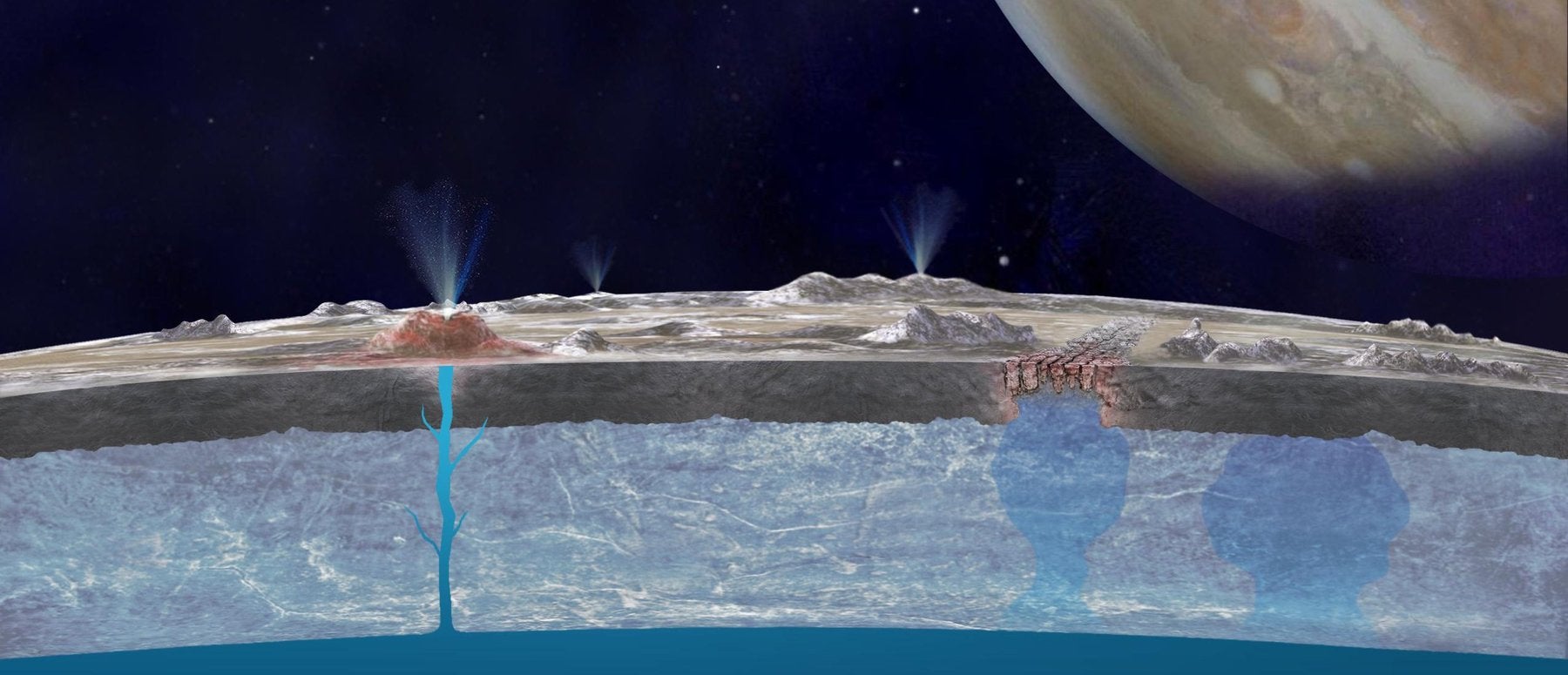
Life as we know it requires water. The good news is that the universe is full of water. The bad news is that the universe is a big place to search. With so many places to look for life, all of them radically different from Earth and each other, scientists need many strategies. One idea is to have as many instruments as possible crammed onto one spacecraft. With a smorgasbord of science tools in one place, scientists could screen various liquid samples for a slew of different components, molecules, or even signs of life.
So scientists and engineers at NASA’s Jet Propulsion Laboratory in California are developing Ocean Worlds Life Surveyor (OWLS). This autonomous life-detection device is also infinitely adaptable — its instrument suite is equipped with tools that are portable and can be integrated into many different missions, from Earth to Mars to Titan.
Life beyond Earth
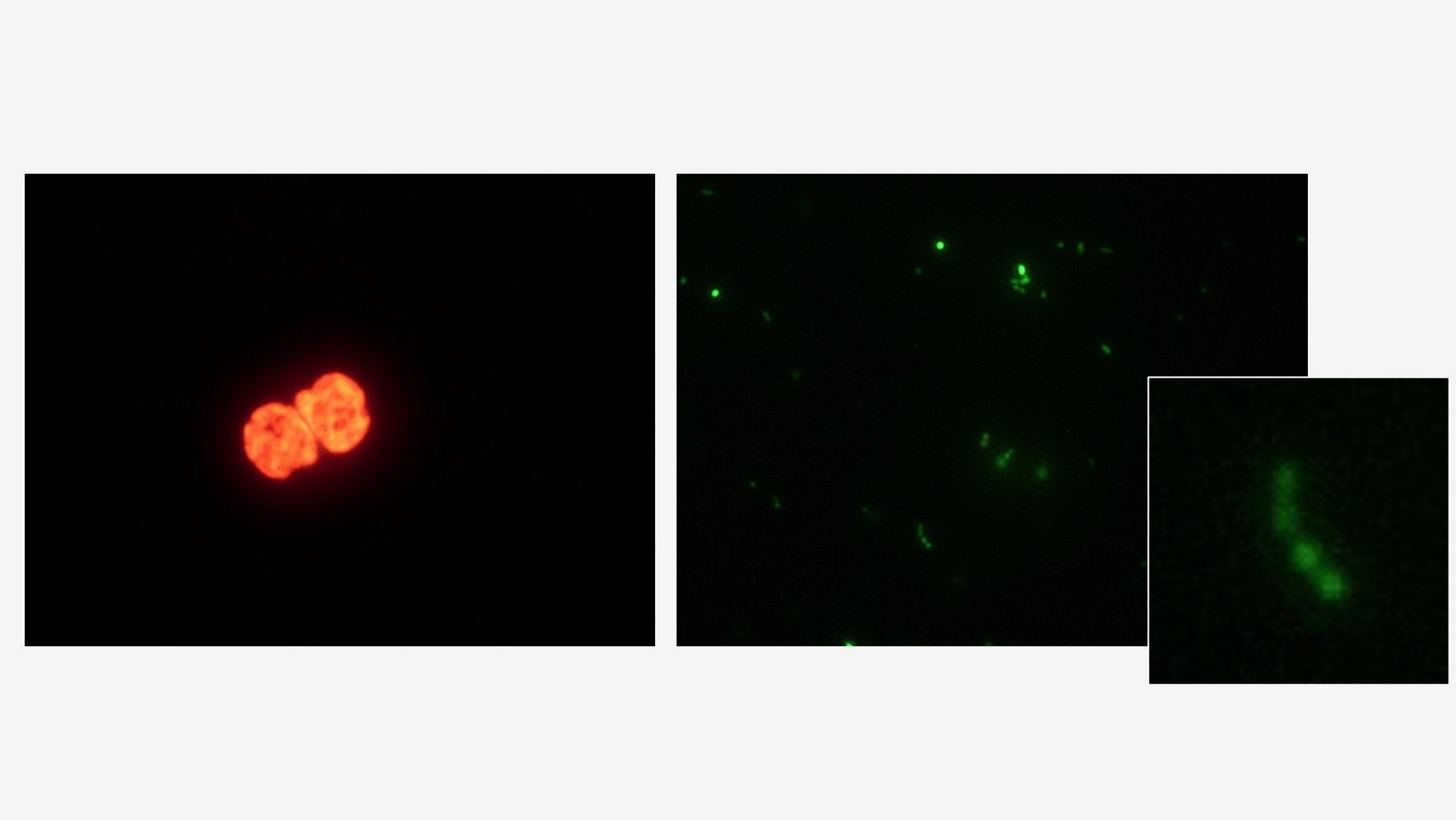
In lieu of a message saying, “Take me to your leader,” scientists spend a lot of time scouring distant planets for the most basic signs of life. Since Earth is the only example we have for how life works, we depend a lot on the assumption that alien life works something like Earth life – and chemistry says there’s a basic blueprint that all life should share.
Life as we know it needs a specific set of circumstances and chemicals to come together in the right place and at the right time. Astronomers focus on these building blocks of life when sifting through data on distant planetary targets. They include carbon, nitrogen, phosphorus, sulfur, and more. However, standing firmly at the top of the list of ingredients necessary for life is water. Liquid water is vital to life’s ability to dissolve nutrients, transport chemicals, and get rid of waste. That’s why the field of astrobiology, the study of searching for life in the universe, is so fixated on planets, dwarf planets, and moons that harbor substantial amounts of water.
Just in our own backyard, we have evidence of salty oceans on Saturn’s moons Titan and Enceladus; subsurface oceans on the Jovian moons Europa, Ganymede, and Callisto; water on Neptune’s moon Triton, and even evidence of water on Pluto as well. We also believe that, despite their current climates, Venus and Mars may have possessed oceans billions of years ago.
Studying these worlds gives us a (relatively) close-up view of how non-Earth oceans work, and, if we’re very lucky, how they might support life, now or in the past.
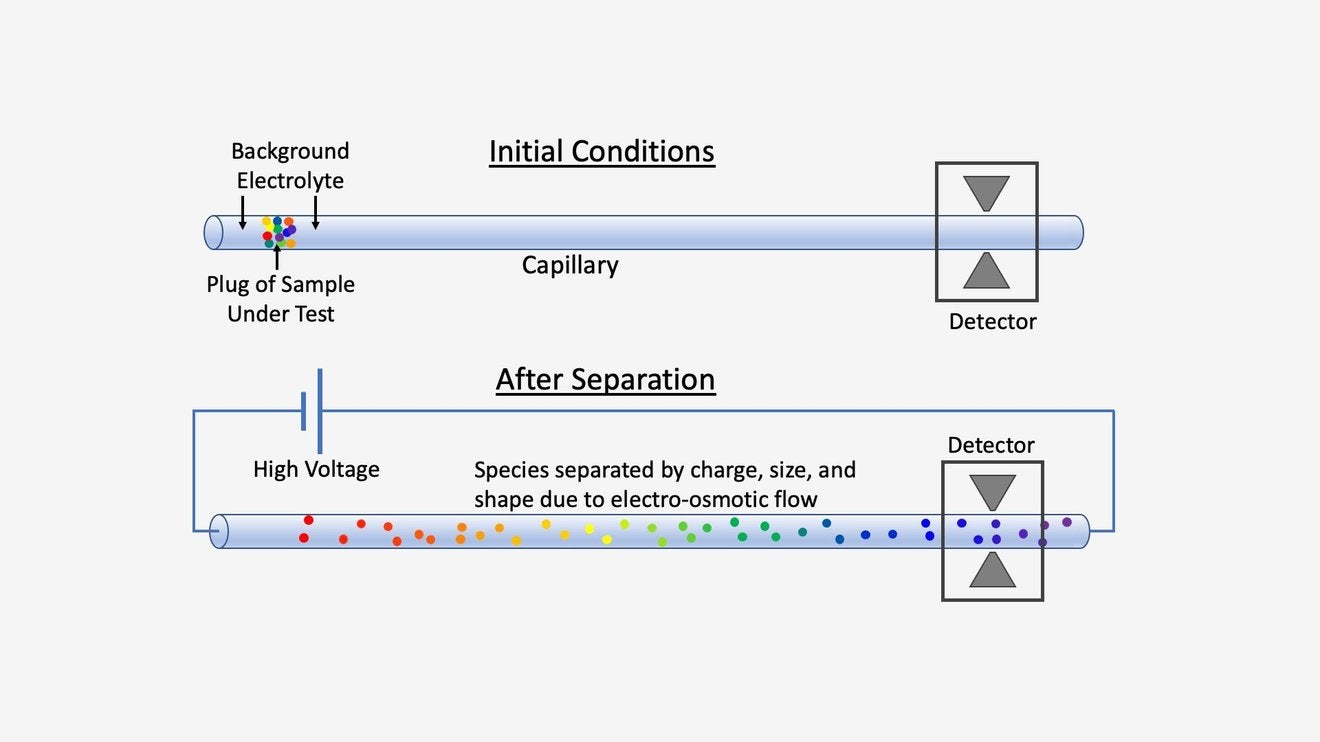
Let’s get technical
OWLS’ suite consists of two instrument subsystems: OCEANS (Organic Capillary Electrophoresis Analysis System) and ELVIS (Extant Life Volumetric Imaging System). Both are designed to take collected liquid samples and investigate them for potential signs of life, through two basic techniques.
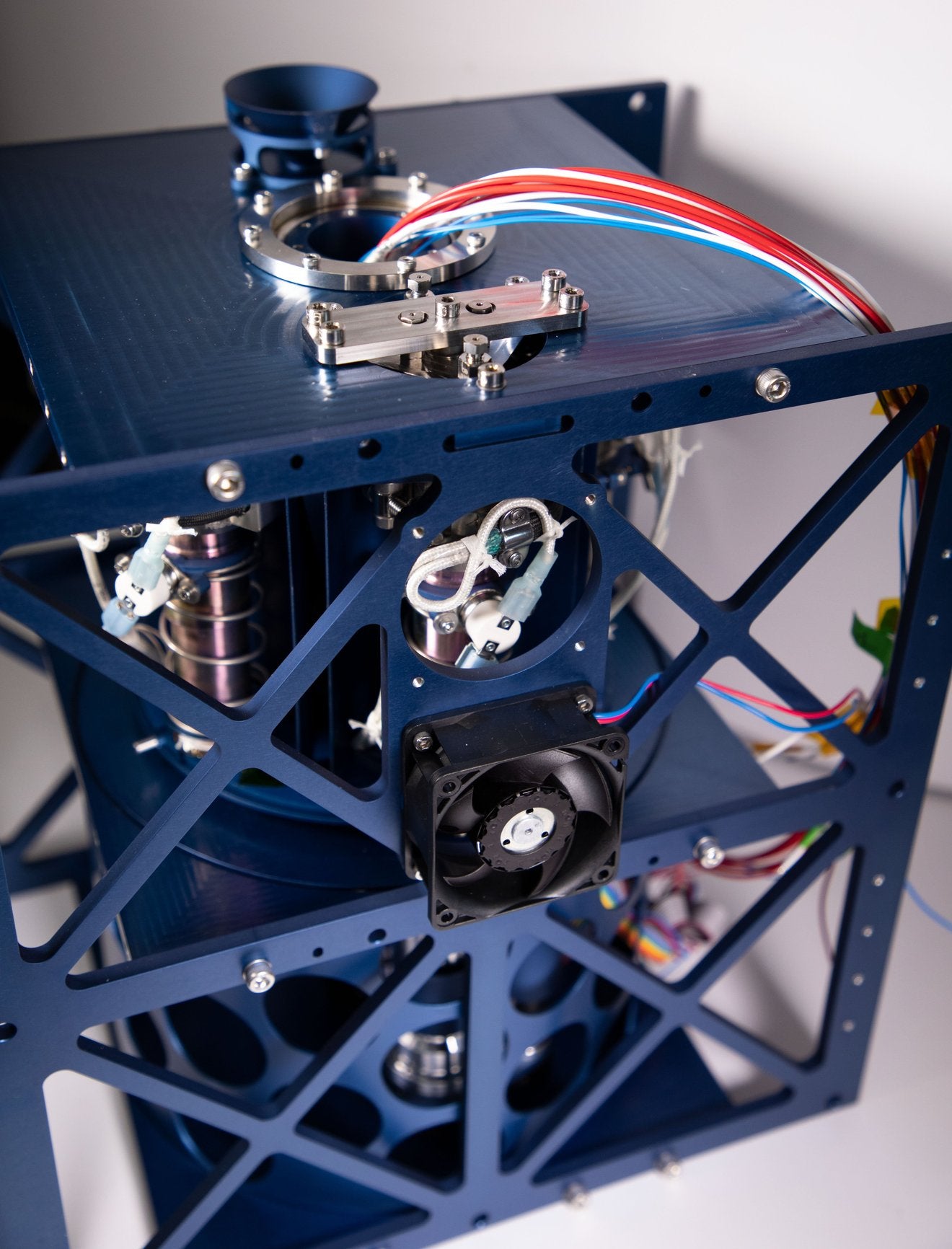
OCEANS uses a molecule separation technique called electrophoresis. After pressure cooking the liquid samples, the fluid is run through a tube. That is where OCEANS sorts out the remaining soup of molecules based on their charge, size, and mobility in the presence of an electric field. The detector then can assess the composition of the sample.
It identifies different chemical building blocks of life such as amino acids, fatty acids and organic compounds. Not all of these substances would be a direct sign of life, but they would indicate the possibility of life – the ingredients necessary for life to occur.
ELVIS is essentially a system of microscopes that survey the sample from different perspectives. Scientists at Portland State University in Oregon jointly worked with JPL to develop ELVIS. The goal was to allow the device to search large volumes of samples with high resolution.
If you think of it as a needle-in-a-haystack situation, “It’s like looking for a needle in a haystack without having to pick up and examine every single piece of hay,” said co-principal investigator Chris Lindensmith, leading the microscope team. “We’re basically grabbing big armfuls of hay and saying, ‘Oh, there’s needles here, here, and here.’”
This means instead of taking tiny samples to look at, as in a Biology 101 microscope slide, ELVIS looks at the sample in 3-D using a digital holographic microscope. It runs a large volume of the sample through the system of microscopes, where they can analyze the liquid and collect data in real time. The ELVIS subsystems can identify cells from minerals, and pick out specific structures such as proteins and cell walls.
Additionally, the microscopes include two fluorescent imagers. The imagers can tag cells, if there are any, with fluorescent dyes and follow their motions in the sample, besides picking up information about their chemical contents and cellular structures.
Picking out the good stuff
The OCEANS and ELVIS subsystems generate abundant data that has to be transmitted back to Earth. Given that the data transmission rates out in space are worse than dial-up internet from the 80s, that won’t be easy. In fact, only an astonishing 0.0001% of the data OWLS will collect can be transmitted.
“That’s like taking the entire Hitchhiker’s Guide to the Galaxy and condensing it into a single tweet,” said Mark Wronkiewicz. He led on-board science autonomy development for OWLS, and that’s how OWLS will solve its data problem.
OWLS can compress data by 3-4 orders of magnitude and prioritize them for transmission in order of importance. (https://www.jpl.nasa.gov/go/owls/onboard-science-autonomy)
How? The algorithms written for the science autonomy program sieve all of the data collected per minute for the best and most interesting data. OWLS then transmits only those most important pieces back to the science team here on Earth.
The algorithms are the product of weeks of meetings between the science teams and the autonomy team. The scientists defined what the most crucial bits of data are and the programmers of autonomy team built software that can find and extract those biosignatures.
For example, the algorithms might look through the information produced by a mass spectrometer on OWLS, whose data looks like jagged peaks. The program finds the peaks in this raw data and makes cutouts, leaving behind the less interesting data. It can even put together statistics about the properties of each peak in the data. These peaks become a chemical fingerprint that the scientists can then use.
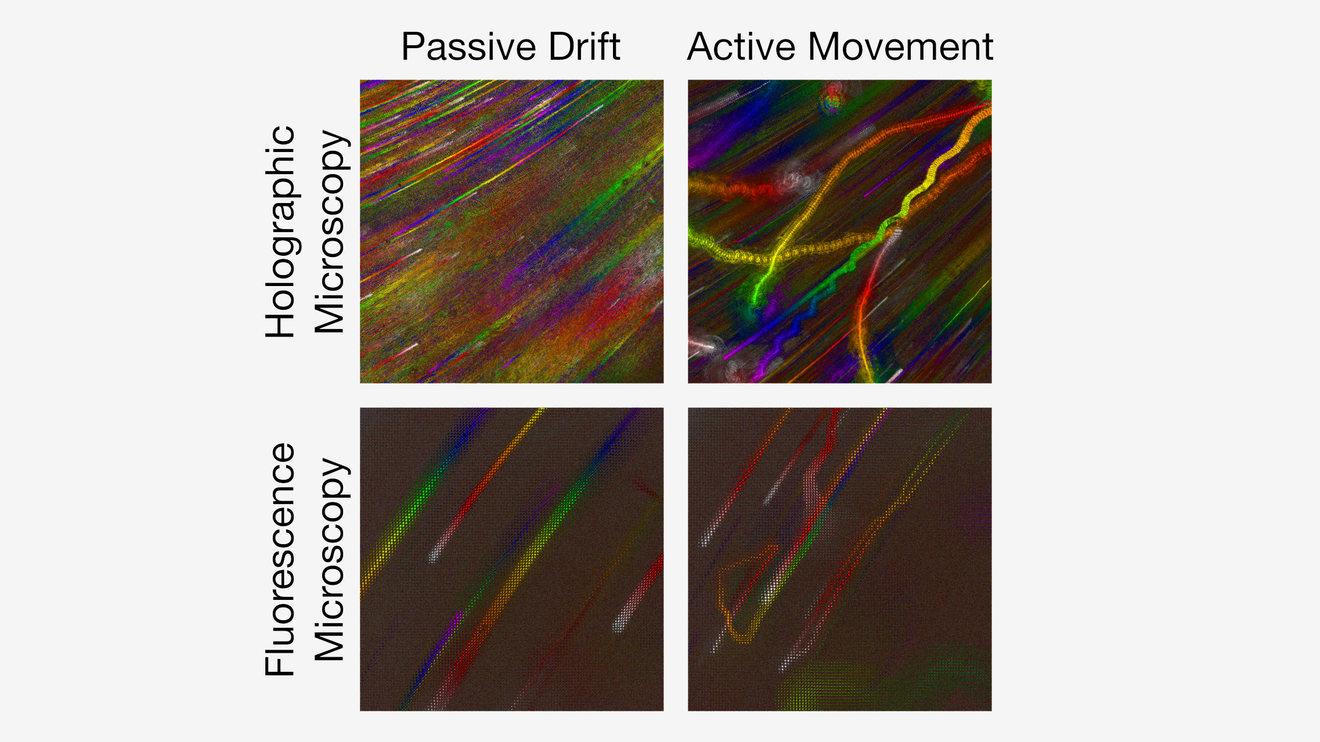
OWLS evolution
Development of OWLS has two phases: Breadboard and brassboard phases.
Breadboard phase was when the teams developed each of the instruments separately to prove their concept and successful performance. The OWLS team already conducted a test with the stand-alone devices at Mono Lake, California. OWLS is currently in brassboard phase, when the team produces an integrated suite with all modules working together to analyze a sample. After the brassboard phase the instrument suite will have another test to assess its functionality as a unit.
When complete, OWLS can be integrated in a variety of planetary missions planned for the coming decades, from exploring high in the venusian atmosphere to deep under Titan’s lakes. The OWLS suite is designed so that any or all components could be adopted for these differing mission configurations depending on specific science goals and mission resources.
The genius of OWLS has uses on Earth as well. The OCEANS and ELVIS instruments can be useful in analyzing and studying large volume samples in a shorter time. Additionally, autonomy can save the scientists more time by pointing them to the most significant bits of data relevant to their work. Scientists can envision OWLS studying blood samples in medicine or liquid samples in marine science.
Like life itself, OWLS is readily adaptable and should thrive in a wide range of environments, performing many different tasks.









